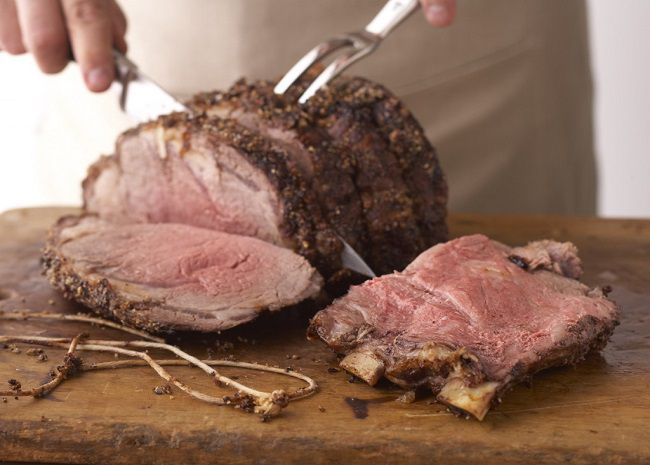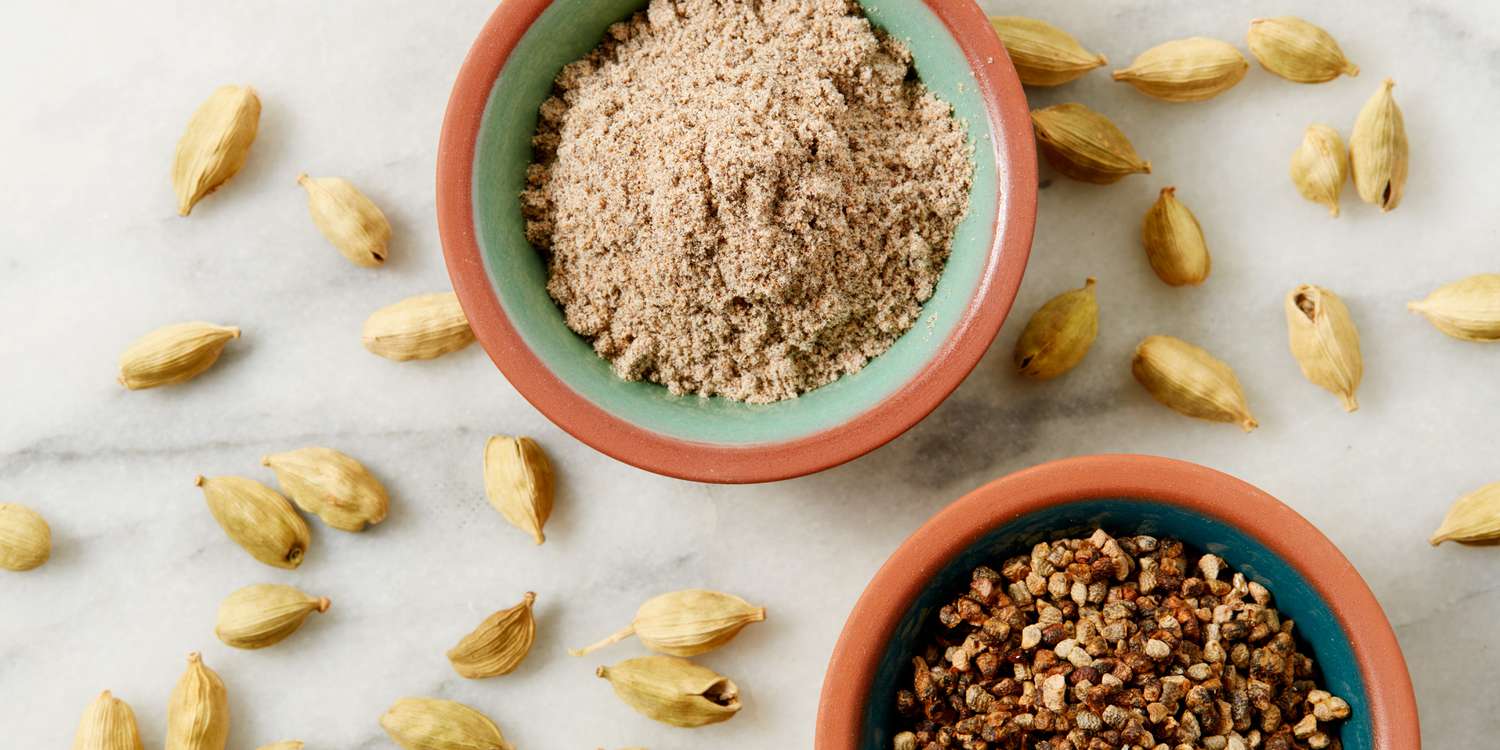How do you peel a hard-boiled egg without the shell sticking? And how do you peel hard-boiled eggs without tearing them up? Some say easy peeling starts with how you cook eggs, whether it’s adding baking soda, salt, or vinegar to the water. Others say your peeling technique matters most, from enlisting a spoon or a jar to dousing eggs with water.
So, what is the easiest way to peel hard-boiled eggs? I tested six of the most popular methods on the internet to find out.
How to Make Hard-Boiled Eggs Easy to Peel
I used the method outlined in our guide How to Boil Eggs Perfectly Every Time to boil five batches of eggs. For three batches, I added a teaspoon of one of the following ingredients, which people on the internet claim make eggs easy to peel: salt, baking soda, and white vinegar. I boiled the other three batches in plain water to test the other techniques: peeling under running water, peeling with a spoon, and shaking the egg in a jar before peeling.
The Cooking Technique
I placed the eggs in a pot and covered the eggs with water. I turned the stove on high heat. Once the water reached a boil, I removed the pot from the heat and covered it with a lid. I let the eggs cook in the hot water for 12 minutes. Then, I transferred them to a bowl filled with water and ice cubes using a large slotted spoon. I let them sit in the ice water for about four minutes, though you can leave the eggs there for up to an hour.
Other Factors
It’s actually easier to peel older eggs, so I wanted to use fresh eggs only here. The eggs I used were from the same brand, roughly the same size, and had the same expiration date.
Egg Peeling Method #1: Boiling Eggs with Baking Soda
Adding baking soda to water increases its pH level as well as the pH of the egg whites. Here’s why that matters: Fresh chicken eggs have a pH level on the lower end, which increases over several days as the eggs remain in the refrigerator. The higher pH of older eggs allows the whites to separate from the inner shell membrane, which makes them easier to peel. The baking soda method of boiling eggs aims for the same result.
This method makes sense, and it seems to have science on its side. Nevertheless, I didn’t find these eggs any easier to peel compared to other methods. Some eggs turned out mostly smooth after peeling with little pockmarks here and there, while others lost entire chunks of white as I removed their shells.
Egg Peeling Method #2: Boiling Eggs with Salt
People add salt to a pot of water before boiling eggs for a few reasons. First, salt helps water reach its boiling point faster, which means the eggs boil at a higher temperature. Second, salt helps seal cracks that may develop as eggs bounce around in bubbling water. Third, when dissolved in water, salt molecules become small enough to permeate the eggshells, and some say this helps with peeling. But is that claim accurate?
Heat causes the proteins that make up the white and yolk to harden. Salt can have the same effect (called denaturing) as heat on proteins, which explains how salt stops egg whites from leaking. Basically, salt helps the egg firm up. Boiling eggs with salt doesn’t help with peeling them, though.
As with a teaspoon of baking soda, a teaspoon of salt didn’t seem to make any difference in peeling the eggs. Again, some eggs turned out presentable, but I botched others as I picked off their shells. But, the eggs didn’t taste any different from the baking soda batch, so you can test this method yourself knowing it won’t leave behind a salty flavor.
Egg Peeling Method #3: Boiling Eggs with Vinegar
Adding white vinegar or apple cider vinegar to your pot of water allegedly results in softer, easier-to-peel eggshells. That’s because the acid in vinegar dissolves some of the calcium carbonate that makes up the egg’s hard exterior. In fact, if you would let an egg sit in vinegar for a week or so, the shell would completely dissolve. Acid also penetrates the eggshell, which helps the egg whites set faster.
The eggshells boiled with vinegar didn’t feel softer than others, but peeling them felt noticeably easier. These peeled eggs turned out smoother than those boiled with baking soda or salt, bearing the fewest pockmarks and only a couple of shallow indentations where pieces of white clung to the shells as I peeled. Plus, the eggs didn’t taste like vinegar, so I’ll definitely add it to my water again.
Egg Peeling Method #4: Peeling Eggs Under Running Water
In theory, peeling eggs under a running faucet should make the process easier, as the water pressure aids in separating the eggshells from the membrane. Indeed, the water quickly removes the stray specks of shell that I’d otherwise pick off one by one. But I can’t say the water actually helped the shells detach.
Overall, peeling these eggs looked and felt similar to the other methods. Another reason I’m skeptical of this method is that some eggshells still clung to the membranes for dear life — and water pressure did not keep me from flicking a big chunk of white off an egg as I tried to pry off a piece of shell.
At the same time, the running water method yielded some of my best results. The peeled eggs turned out mostly smooth. Some displayed the subtle knicks that inevitably happen as fingernails dismantle a stubborn shell. Others were perfect. Still, the perfect method it’s not. And the water it takes may be enough to dissuade you from trying it.
Egg Peeling Method #5: Using a Spoon to Slip Off Egg Shells
Using a spoon as a tool to remove the shells from eggs actually makes a lot of sense given their similar shapes, sizes, and curves. The idea is to maneuver a spoon between the membrane and egg white so that you can remove the membrane with the shell. After all, the glue-like bond between the membrane and the white is what makes peeling eggs a challenge.
To start, I gently cracked most of the eggshell and peeled off enough of it to slip the spoon under the membrane. I stabbed the first couple of eggs I tried this technique with, and they lost sizable pieces of whites in the process. I then moved on to take out smaller, shallower chunks of egg whites (progress), followed by eggs bearing only a couple of slight pockmarks, before graduating to beautifully smooth eggs.
The more I used this method, the more I liked it. Compared to other methods, the shells came off more intact, as larger pieces that kept their curved shapes. I found that long as you can get the spoon under the membrane and move it fairly gently, peeling eggs with a spoon is a smooth and effective method for removing shells.
Egg Peeling Method #6: Shaking Eggs in a Jar
Time to talk about the peeling method I like best: putting an egg in a small Mason jar (or Negg) with a little water and shaking it. You want to shake the egg so that it hits the top and bottom of the jar repeatedly. As it does, the shell will start to feel softer and softer. Plus, with a clear jar, you can see how much of the egg has cracked. The result is a loosened shell that basically slides off when you peel it.
The key is using enough force. When I didn’t shake the jar hard enough, I had to chip away at the shell to remove all of it from the egg, resulting in a couple of pockmarks per usual. Use too much force, however, and the egg can get damaged. But once I got the hang of it, the jar did the hard work for me. I just rinsed the eggs after peeling them to clear off the tiny bits of shell left behind.
Related:
- Air Fryer Hard Boiled Eggs
- Our Best Deviled Eggs Taste Simply Divine




